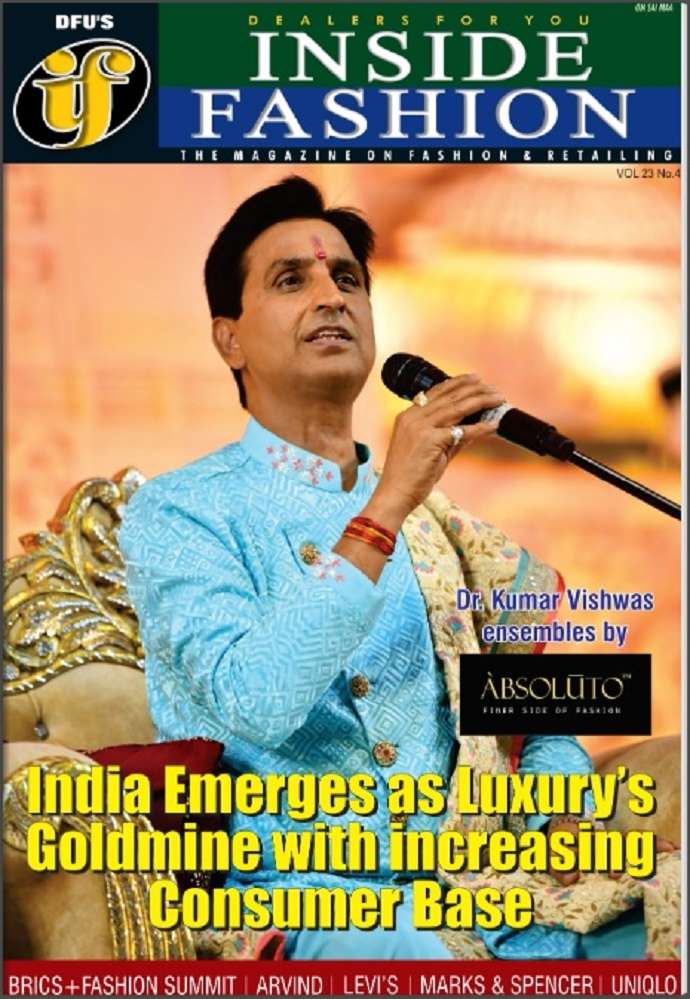Indian Retail's Q1 FY26 Report Card: Premiumization, diversification top winning strategies

14 August 2025, Mumbai
India’s fashion and apparel retailers, including top players like Aditya Birla Fashion and Retail (ABFRL), Reliance Retail, Trent, Shoppers Stop, and Raymond, have reported a mixed but largely resilient performance in Q1 FY26. Despite a challenging macroeconomic environment characterized by weak consumer sentiment and geopolitical uncertainties, these companies demonstrated a strategic shift towards growth, with premiumization, omnichannel expansion, and brand diversification standing out as key differentiators. The varied performance across the board highlights which strategies are successfully navigating the current headwinds.
Fiscal performance and emerging trends
The contrasting financial results of major players is due to prevailing trends and choices that set them apart. The primary differentiator is the successful execution of a business model that either caters to high-value customers or effectively leverages a vast, diversified portfolio.
Power of premiumization and high-value segments
One major trend is the success of brands focusing on premium and luxury segments. Companies that have doubled down on this strategy have shown more robust performance.
• Shoppers Stop: Their focus on premium products is a clear differentiator. With 67 per cent of its sales coming from premium items, and almost 9 per cent like-for-like (LFL) growth in this category, Shoppers Stop has effectively insulated itself from the softness in the value fashion segment. Its successful beauty segment and loyalty program further solidify this high-value customer base.
• Raymond Lifestyle: This brand's strong performance was primarily due to its branded textile and apparel segments, which benefited from the wedding season demand. This is a classic example of a brand leveraging a specific high-value consumption occasion to drive growth and profitability.
The advantage of diversification and scale
Companies with vast and diversified portfolios, along with a significant physical and digital footprint, were better equipped to absorb market shocks and drive growth.
• Reliance Retail: The sheer scale and diversification of Reliance Retail's operations are its biggest strengths. With 388 new stores opened in a single quarter and a sprawling e-commerce ecosystem including Ajio, the company can capture consumer spending across multiple channels and price points. The strong performance of its FMCG brands also provides a buffer against any slowdown in a single retail category.
• Trent: Trent's strategy of expanding its presence into new geographies, particularly Tier II and III cities, and diversifying its offerings into emerging categories like innerwear and beauty, allowed it to post a strong 19 per cent YoY revenue growth. The company's diversified brands, Westside and Zudio, cater to different customer segments, providing a balanced growth engine.
Investments vs. short-term profits
The difference in performance can also be seen through the lens of investments. Some companies are prioritizing long-term growth by absorbing short-term profitability hits.
• ABFRL: The company’s net loss of Rs 162 crore is a direct result of its strategic investments in new ventures like TMRW and a rapidly expanding ethnic wear portfolio with brands like Sabyasachi and House of Masaba. While this has created negative operating leverage in the short term, these investments are foundational to ABFRL's long-term vision of becoming a comprehensive lifestyle and fashion conglomerate. This contrasts sharply with the more immediate profitability of companies like Shoppers Stop, whose strategies are more focused on optimizing existing business models.
Table: Comparative financial performance (Q1 FY26)
|
Company |
Revenue (Rs cr) |
YoY revenue growth |
Net profit/loss (Rs cr) |
Differentiator |
|
Reliance Retail |
73,720 |
11.30% |
3,267 |
Scale & Diversification |
|
Trent |
4,884 |
19% |
430 |
Diversified Brands & Geographic Expansion |
|
Shoppers Stop |
1,094 |
6% |
-18 (GAAP) |
Premiumization & High-Value Segments |
|
Raymond Lifestyle |
1,475 |
18% |
-19.82 |
Niche Market & High-Value Offerings |
|
ABFRL |
3,196 |
11% |
-162 |
Long-Term Strategic Investments |
Thus the Q1 FY26 results show a clear bifurcation in the Indian fashion retail sector. While all major players are facing the same economic headwinds, their chosen strategies are producing markedly different outcomes. Premiumization and diversification of brands and channels have emerged as the most effective tools for not only maintaining but also accelerating growth. The companies that are willing to make strategic, long-term investments, despite short-term profitability pressures, are also positioning themselves for future market leadership. The data suggests that a one-size-fits-all approach is no longer viable, and a targeted, consumer-centric strategy is essential for success in India's evolving retail landscape.
























